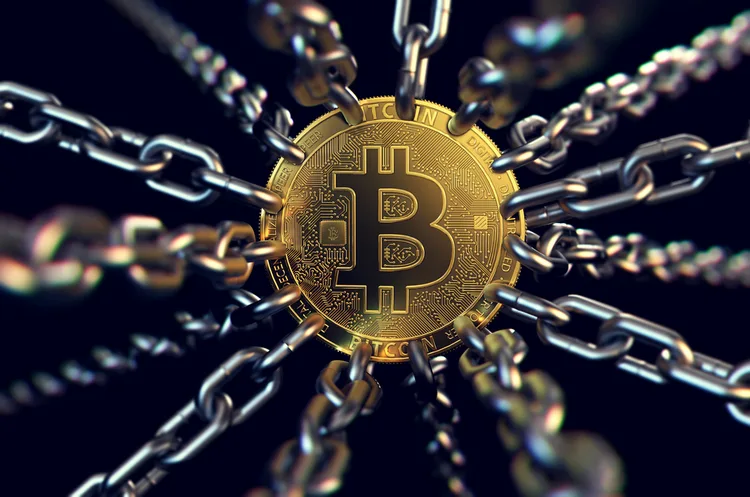Crypto made headlines — but blockchain’s real revolution was never the coins. It’s the infrastructure beneath them.
Think of blockchain as a digital ledger that nobody owns but everyone trusts. Once data enters, it’s nearly impossible to alter. That simple principle is reshaping industries quietly — from supply chains to voting systems.
Pharmaceutical companies use blockchain to track vaccines from lab to clinic, stopping counterfeits. Farmers use it to prove where crops came from. In Estonia, citizens vote and access healthcare records through blockchain-backed IDs — transparent and incorruptible.

Even art has evolved. NFTs weren’t just hype; they proved digital ownership could exist. Now, that logic is being applied to intellectual property, real estate, and even academic research.
Blockchain’s beauty lies in its paradox: it builds trust by removing the need to trust any one entity.
When historians look back, they might not remember Bitcoin’s price chart — but they’ll remember that it was the spark that taught the world how to trust math instead of people.
News
The Ghost in the Machine: When Artificial Intelligence Starts Asking Who It Is
There’s a strange hum in the background of modern civilization. It’s the sound of millions of processors thinking — not…
Robotics Gets Emotional: The Quest to Build Machines That Feel
Robots can walk, talk, and even dance — but can they care?The next frontier of robotics isn’t physical dexterity; it’s…
The Age of Synthetic Life: Programming Biology Like Code
For billions of years, evolution shaped life through randomness. Now, humans are editing nature with precision. Synthetic biology is the…
Deepfake Nation: When Reality Itself Becomes Editable
In 2025, truth no longer needs to be destroyed — it just needs to be remixed.Deepfakes have evolved far beyond…
The AI Arms Race in Education: Learning Without Teachers?
In classrooms from California to Seoul, students are learning from something that isn’t human. AI tutors are grading essays, generating…
Edge Computing: The Cloud Comes Down to Earth
For years, we sent our data to “the cloud” — massive data centers miles away, humming with heat and latency….
End of content
No more pages to load












